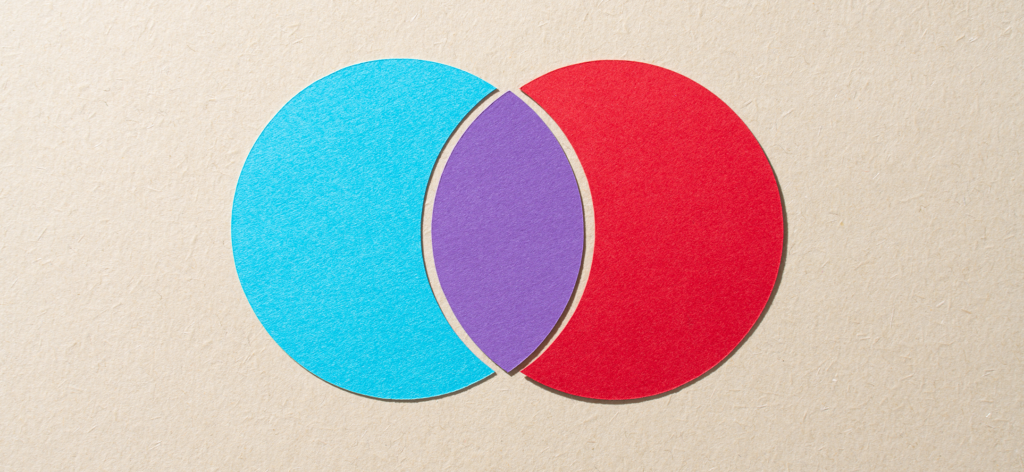There are a variety of data management solutions that brands use to track customer activities and interactions. Some have been around for decades, while others have become mission critical for digital marketers over recent years.
Customer data solutions are not interchangeable with each other, and while there is some overlap, not every solution is going to be the right fit for your business. Knowing the differences between customer data management solutions is critical due diligence to making the right technology decision for your specific business needs.
In this article, we’ll explore the differences and similarities between two popular platforms: the customer data platform (CDP) and the customer relationship management platform (CRM).
What is a CDP?
A CDP connects to a wide range of technology platforms, data sources and channels by using built-in connectors, SDKs, webhooks, and APIs. They ingest and integrate data from multiple disparate sources, including profile data and real-time interaction data (behavioral data, transactional data), campaign data, product data, customer support data, mobile, POS, marketing, device, and internet-of-things (IoT) data. to create a unified customer profile.
This integration process is called identity resolution or data unification. Customer identity resolution includes sophisticated algorithms to stitch identifiers from multiple systems, as well as automate graph creation and continuously unify data into a profile as customers engage in real-time. During the unification process, data is validated, cleaned, and de-duped to reduce inaccuracies and redundancies. Profiles are then enriched with first, second, and third-party data sources to fill in missing attributes and update other attributes with more recent information.
CDPs can also analyze and segment customer profiles using rules or machine learning, perform predictive scoring, and journey orchestration capabilities. More advanced CDPs provide machine learning (ML) and artificial intelligence (AI) for predictive analytics and audience segmentation. With journey orchestration, marketers can analyze customer interactions throughout the entire customer journey to deliver the right messages at the right time on the right channels.
Read More: A Guide to Understanding Customer Data Platforms
What is a CRM?
Customer relationship management platforms are designed to help organizations manage the contact information of prospects and customers. Sales channel interactions, as well as contact center and customer support call are also typically included as data points within a CRM.
A CRM system is used to track and record touch points along the customer journey, from pre-purchase, to purchase, to retention and advocacy. The system enables organizations to record customer interactions (e.g., phone calls, including dates, times and call transcripts), as well as customer purchase history. CRM systems help organizations provide better customer service and customer experience. When used effectively, CRM systems can help retain customers and grow revenue.
What Are the Differences Between a CDP and a CRM?
A CRM is designed as a tool to help sales, marketing and customer support carry out their day-to-day business. It relies mostly on these departments to enter customer data directly into the CRM—or in some cases, to take data from a phone system or call center to work effectively.
However, CRMs are narrower in application and address potentially fewer use-cases than a CDP. They are also less adept than CDPs at certain core functionality, namely at integrating with other sources and types of customer data. An enterprise-grade CDP can incorporate data from all customer-facing systems including website analytics, in-store point-of-sale systems systems, billing systems, and more.
How Does Data Integration Work Between a CDP and CRM?
CDPs and CRMs can, and often do, work together to increase the efficiency of marketing, sales, and support campaigns. CDPs are designed to take in data from disparate sources. A CRM can serve as a data source to a CDP.
You typically update customer data directly in your CRM. In order to enrich that data with other sources, you need to pull it into your CDP so it becomes part of your unified customer profile. Your CDP is also getting data from all of your other systems. So, you want to push some of this data back to the CRM to enrich your CRM profiles for your sales or service channels to activate on.
You do need to ensure you have a master for each data attribute though, so you are not reading and writing the same attributes from CRM. Otherwise, you will end up with potential data integrity issues. Think of the CDP as the hub of your tech stack, ensuring the right data is sent to all of the systems in your ecosystem. This gives your company a single source of truth to market against.
Build the Right MarTech Stack
While a CDP and CRM are both centralized data management solutions, they are not interchangeable in features and functionality.
The CDP is a broader platform for applications, and was designed to be the hub for your other data management solutions. They are built to be easy to integrate and interconnect with the rest of your technology stack, allowing them to deliver data out to applications that affect the end user experience.
A CRM is more of a database for your customer and prospect information for sales, and will typically feed customer and service data into your CDP. It can also take data in to enrich those customer profiles.
CRMs today are tablestakes, while CDPs are quickly becoming mission-critical platforms for companies that want to differentiate themselves to stay ahead of the competition by delivering to their customers value through a tailored customer experience.



